MINDFULNESS EXERCISES
Here is theoretical information about the exercises.
The online course includes:
* The practical exercises.
* More specific information per exercise.
* Two notebooks. One in which experiences can be noted about the exercises and one about stress management.
* Various schedules.
The exercises are focused on your body, emotions and thinking.
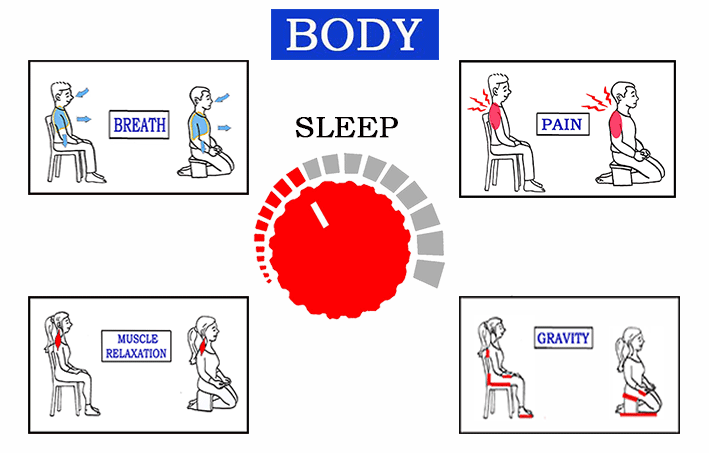
There are five exercises aimed at the body.
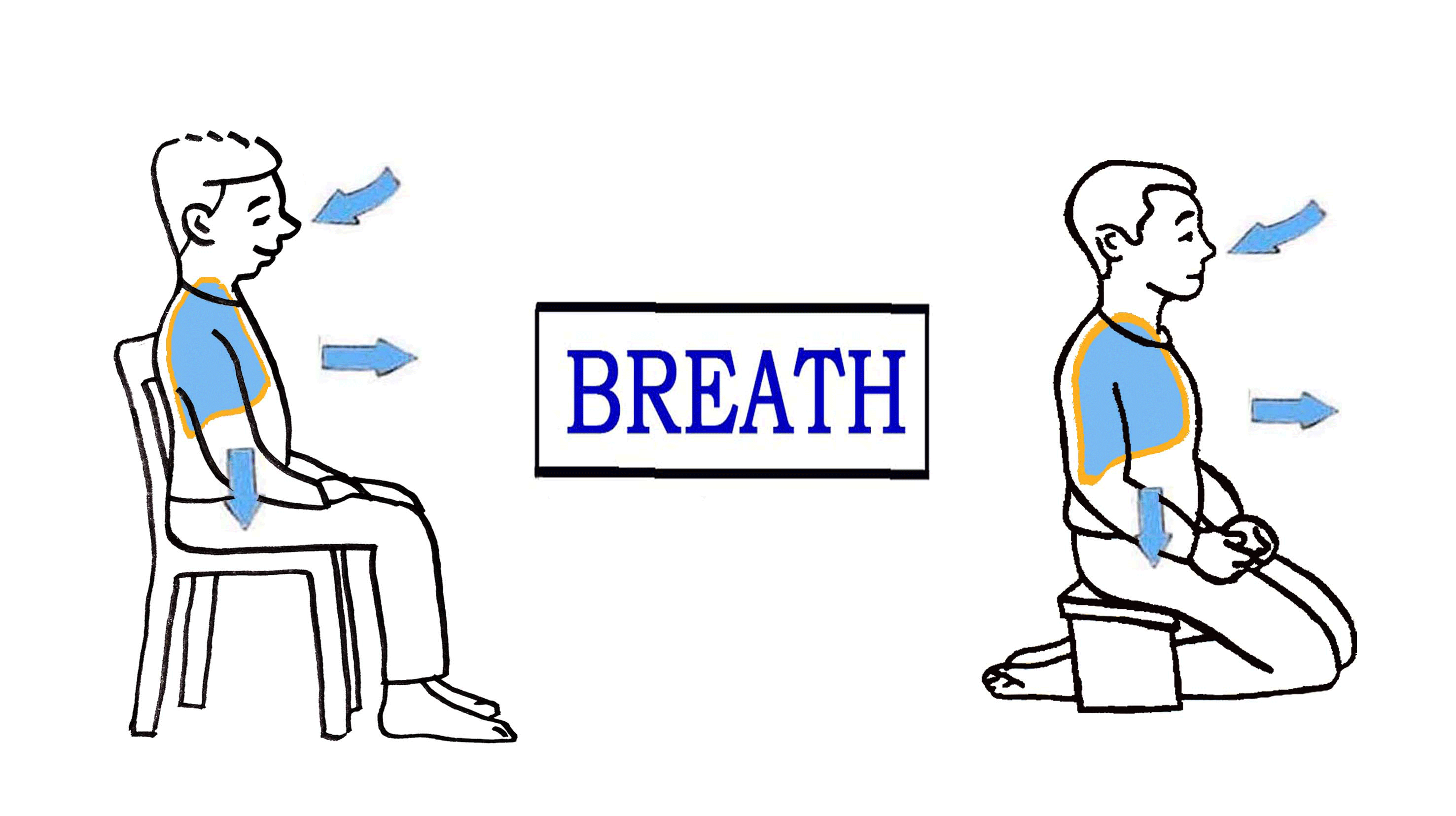
The breathing exercise. Many people think that meditating always focuses on the breath. In my opinion, attention can also be focused on other sensations in your body. For each meditation you can determine which exercise works best.
During the breathing exercise you can observe various facets of the breath: including the difference left and right lung, the depth breath and whether your breath is blocked somewhere.
When your breath is balanced, it also brings balance to your heart and nervous system. A chain of relaxation is created.
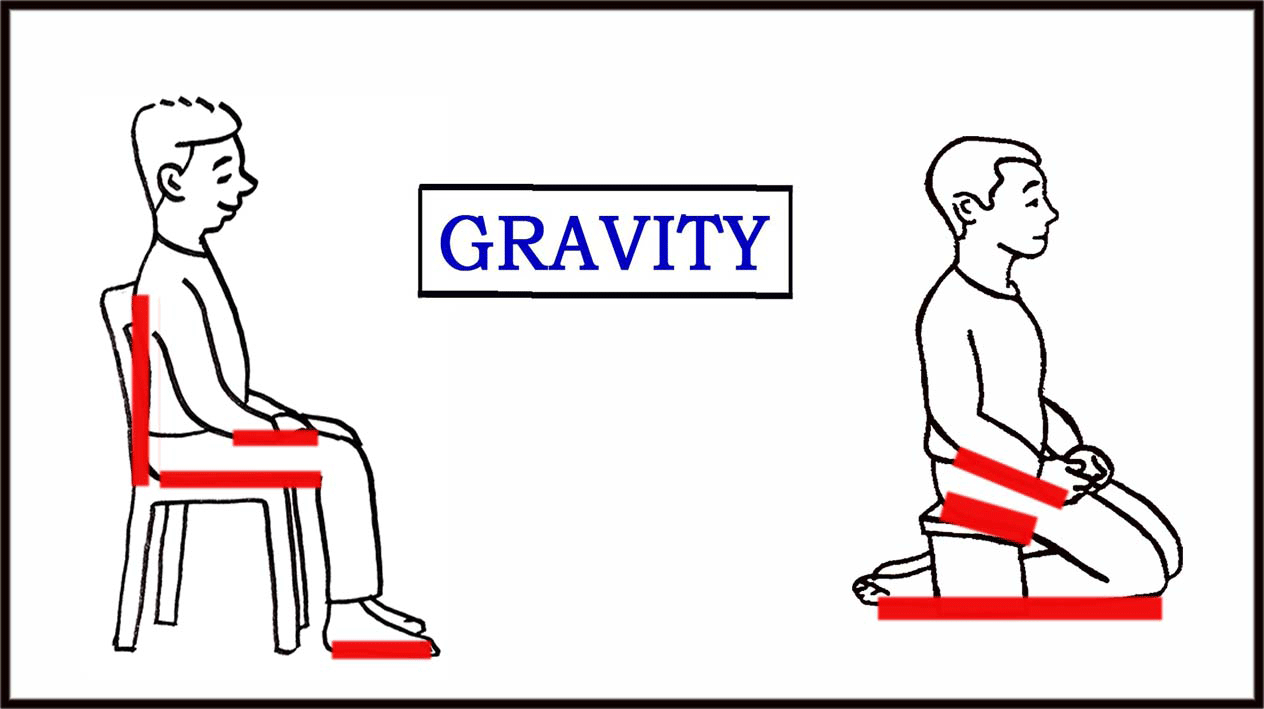
The heaviness exercise. This involves concentrating on all contact surfaces of your body with the substrate.
At first you feel the weight of your body, but after a while you feel that the muscles relax. Various sensations often arise from the relaxation such as stimuli and tingling.
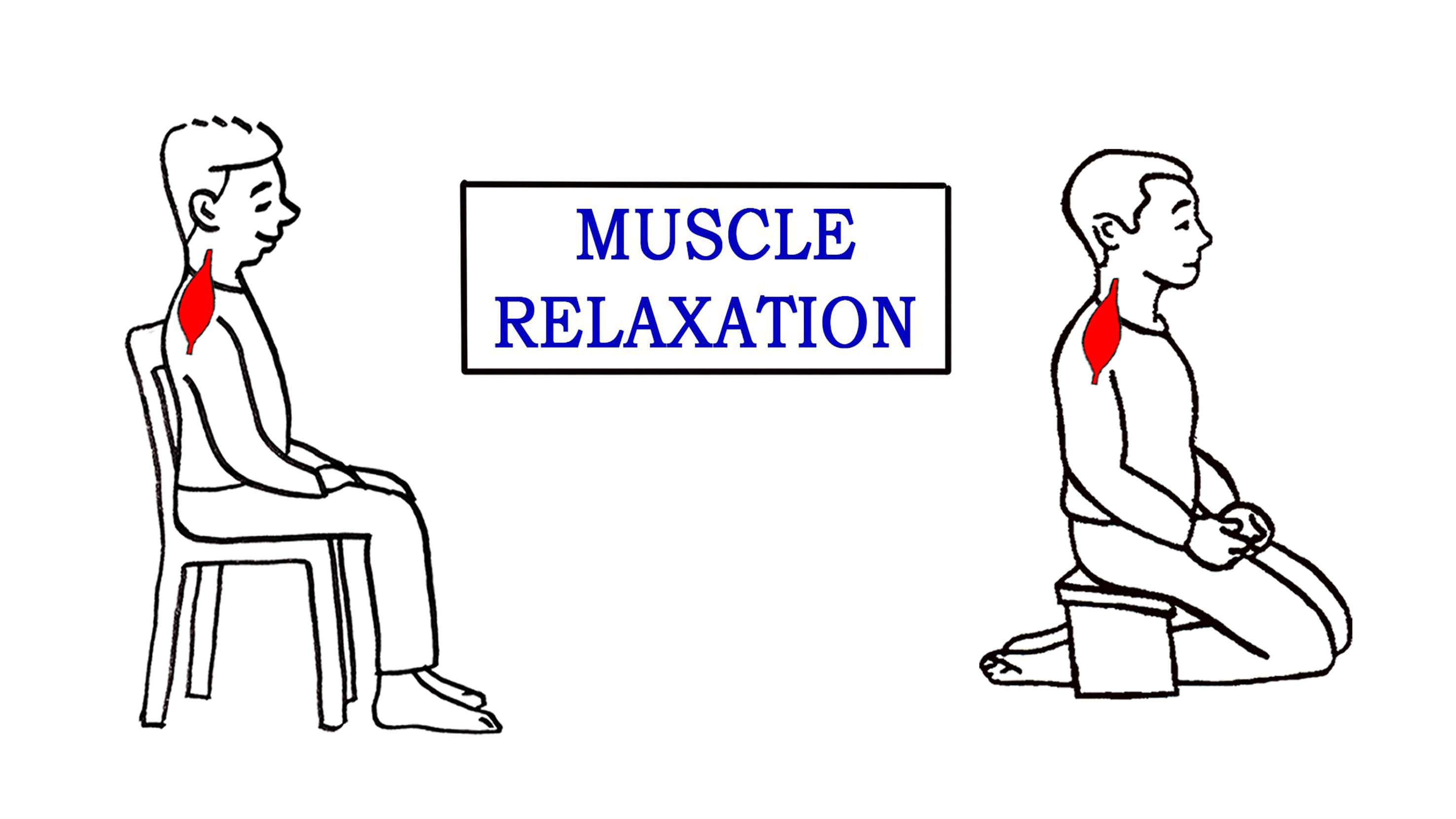
Muscle relaxation. Prolonged stress causes permanent muscle blockages. These blockages require a lot of energy from you. Through subtle additions and relaxations you learn to map and solve them. This exercise is a bit more physical than the previous one. With a reduced concentration, it is easier to keep your attention.
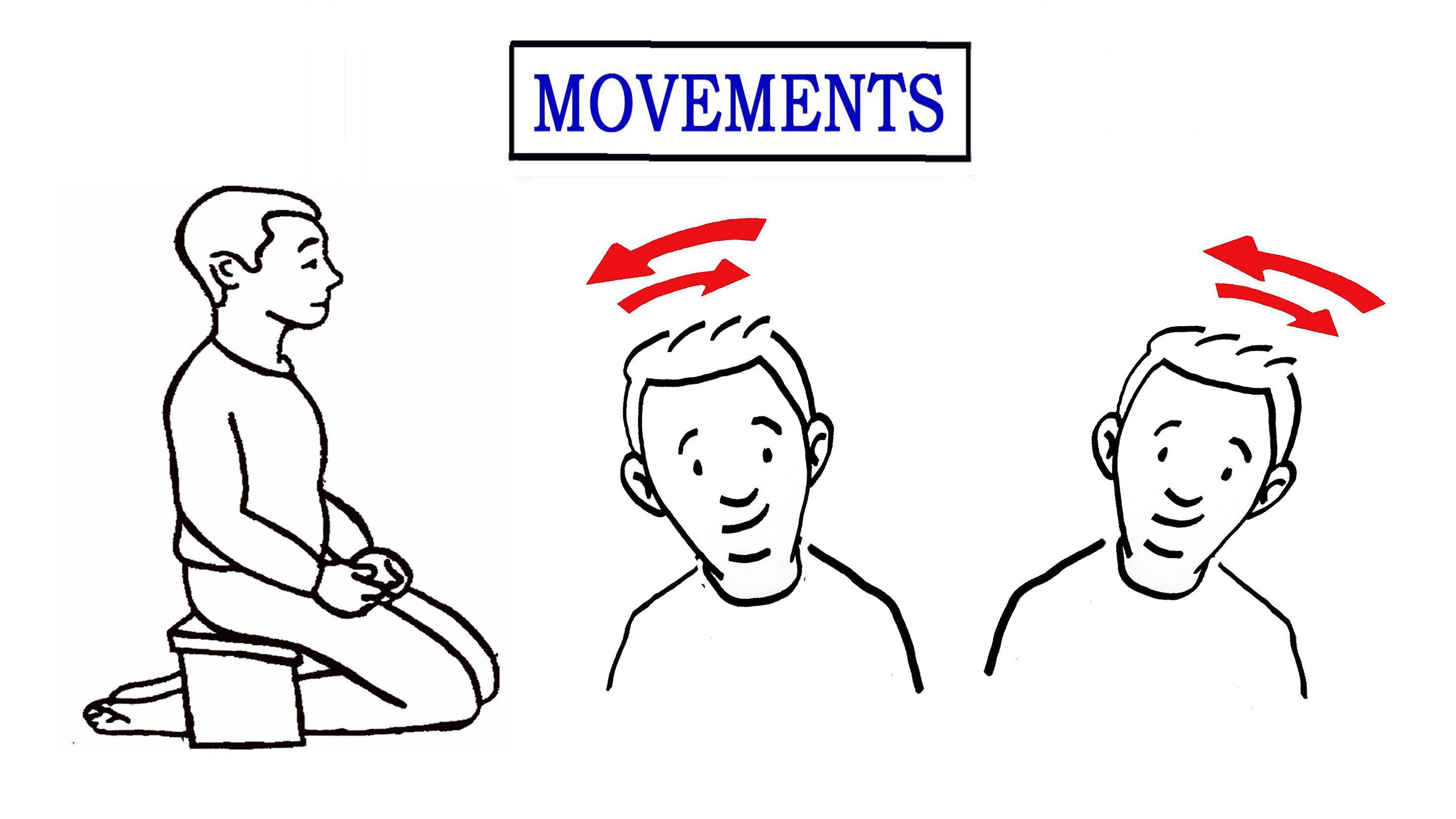
Exercise movements. These exercises are aimed at the neck and back. Through subtle movements you learn where the movement restrictions are located and how to solve them. You will also experience the same peace as with the other exercises due to the slow pace.
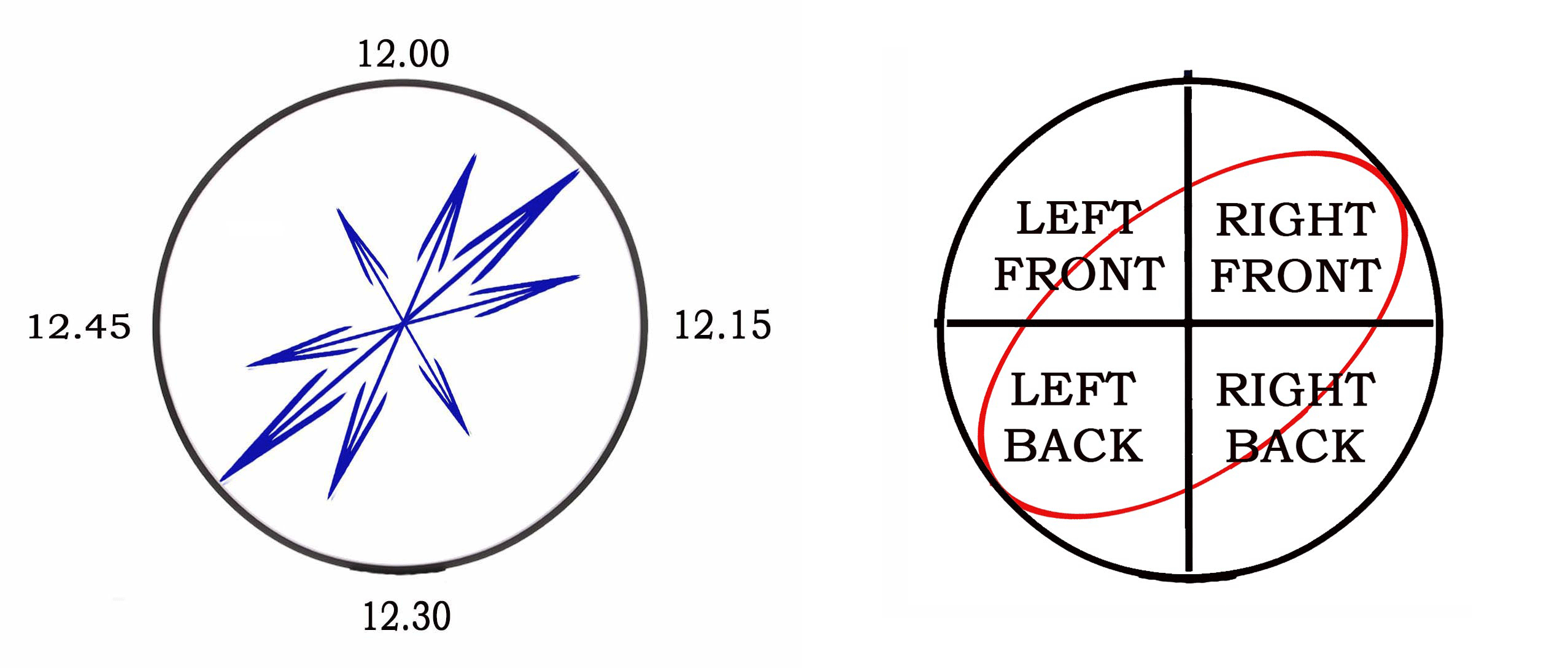
I also call this exercise the clock exercise. You can move your neck (or back) forward (12 hours), sideways to the right (15 over), backwards (30 over), sideways to the left (45 over). But of course you can also move 5, 10, 20, 25 etc over it. Some movements are more limited. If you solve these limitations, the pain will decrease in case of complaints.
The same clock idea can also be applied to the muscle exercise, with tightening and releasing your stomach, flank and back muscles. This way you can map and solve your blockages, so that your energy can flow freely.
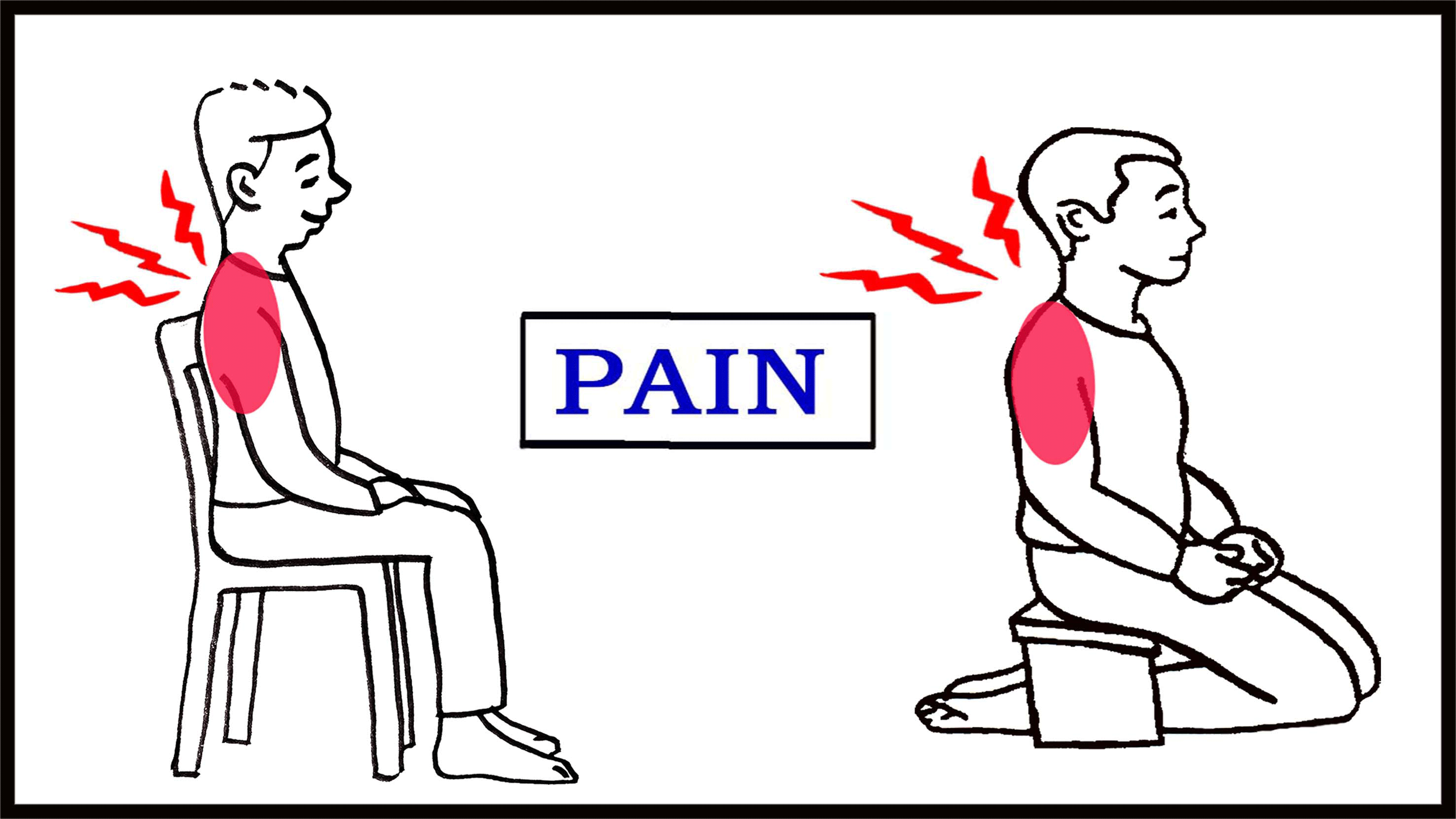
The pain exercise. In acute trauma, pain is useful and has a signaling function. This is often not the case with long-term pain. Physical and mental aspects play a role in pain. Physical: wear and tear joints, tense muscles and a disrupted nervous system. Mental: negative emotions and thought patterns. With the exercise you learn to deal with this and reduce the pain.
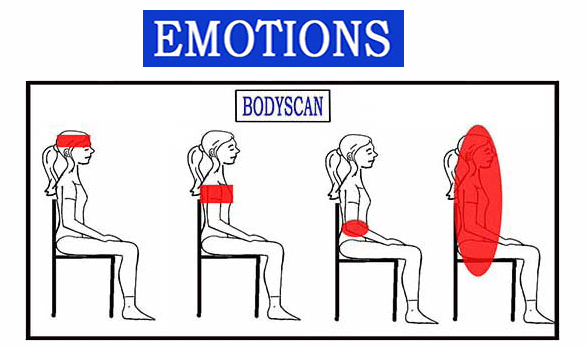
The body scan. This focuses on all sensations in your body.
With physical complaints you feel tension, pressure or pain on the spot.
Stress often manifests itself in certain parts of the body: tight shoulders, a knot in your stomach, plug in your throat or your whole body feels heavy or tired.
With the body scan you feel the negative energy, which you can use as a starting point. Then you do the exercises, so that your body relaxes optimally.
If the knot in your stomach, plug in your throat, etc. decreases, you know that the exercises are effective.
But you can also do the body scan as an exercise. Body sensations often change during meditation.
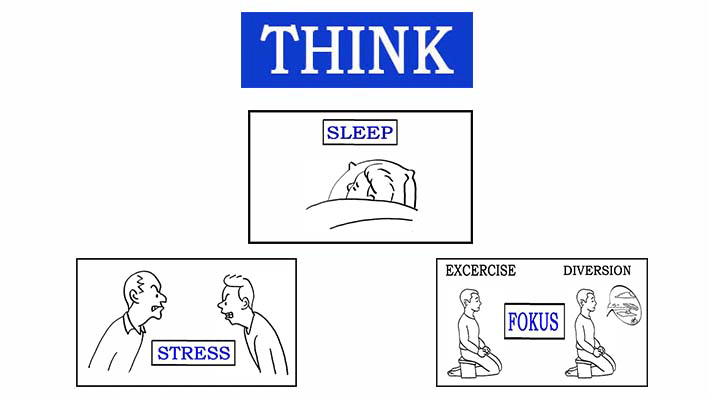
To train your thinking, there are three exercises. One exercise aimed at improving your focus, for your concentration and memory. The second exercise is aimed at resolving stress. And in the third exercise you learn to sleep better.
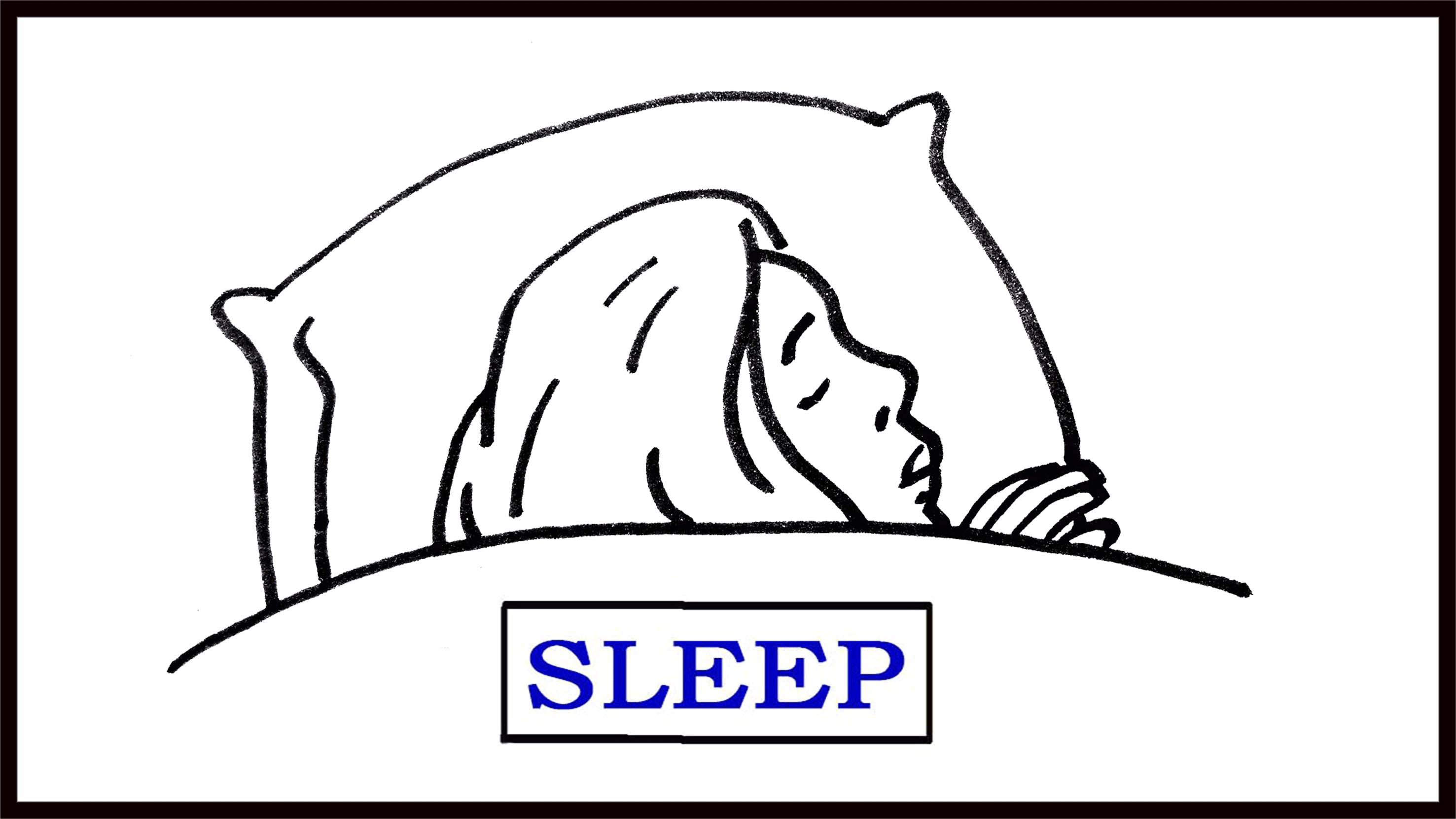
The sleep exercise. Sleep is of great importance. It affects virtually all physical and mental functions.
Through the sleep exercises you will get into a sleep-wake consciousness earlier and you will fall asleep faster.
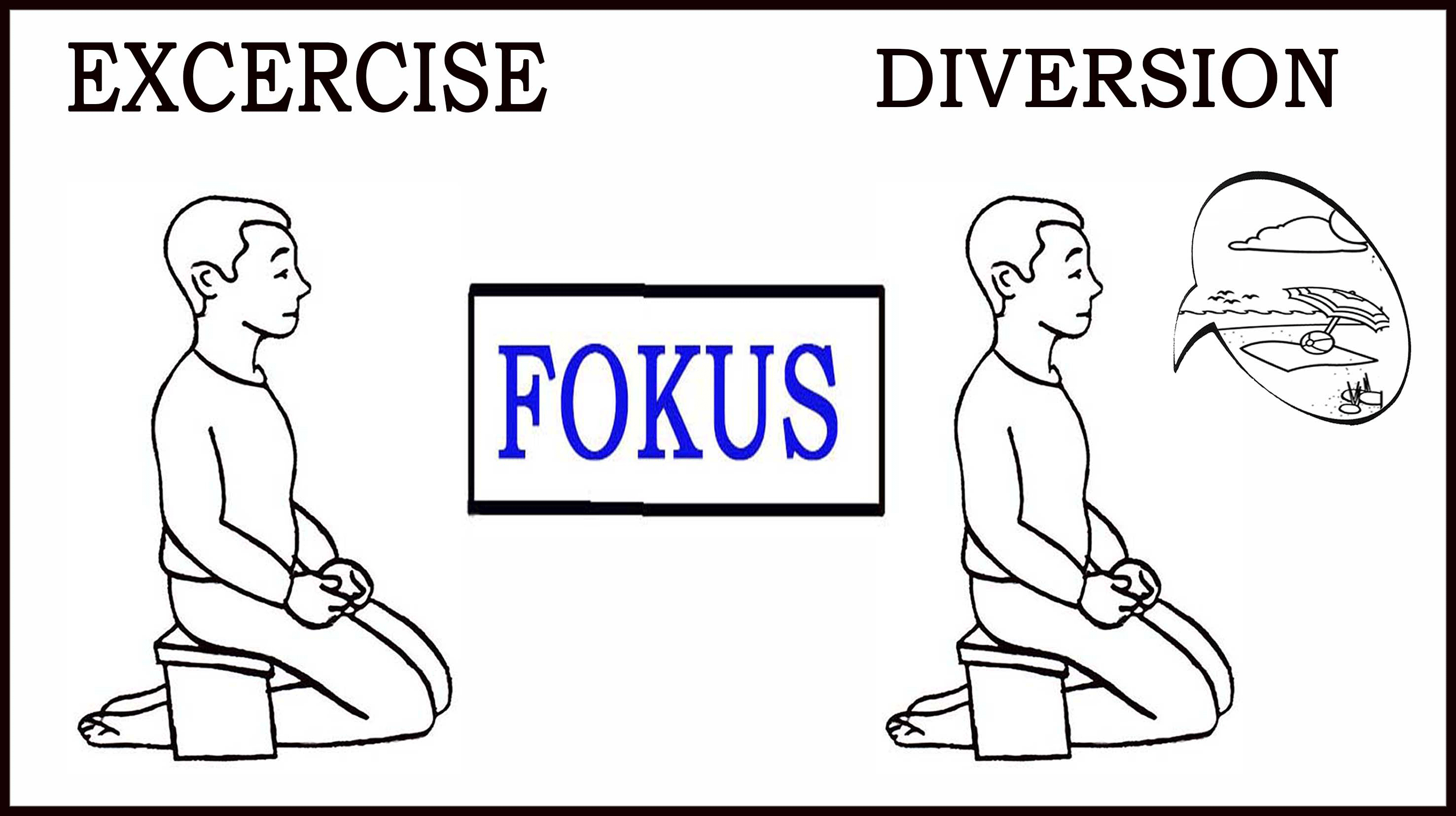
The focus exercise. Focus plays a big role in everyday life. You live more in the present and more intensely.
Your learning ability and memory improve greatly with good focus.

Stress handling. All exercises come together.
The stress can be caused by a conflict, financial problem, fear future, loneliness or another live event.
It is accompanied by negative physical, emotional and cognitive (thought patterns) reactions.
By practicing you get into a positive flow. Your body relaxes and your thinking and emotions become positive.
You will gain insight into your pitfalls and develop positive qualities on how to deal with stress in the future.

There are two notebooks in which you can write down your experiences.
The first notebook is about the mindfulness exercises.
Each exercise contains a number of questions to get the most out of the exercises.
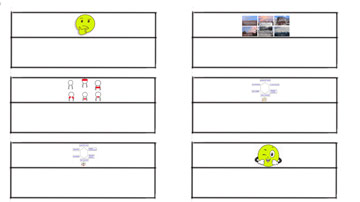
The second notebook is about stress management.
Here you will be guided step by step through the entire process.
Of the problem in everyday life, the associated negative emotions and ideas.
And how these are converted into positive ones by the exercises.
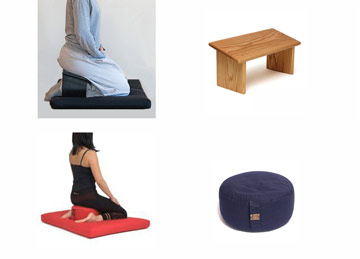
The exercises can be done in bed, on a chair or on a meditation pillow or stool.
On a pillow or stool, the posture is more alert than on a chair or bed.
The advantage of the stool is that the seat runs at an angle.
As a result, the pelvis is tilted forward a bit and can be sat upright without effort.
Make your own stool:
Watch the instruction on Youtube